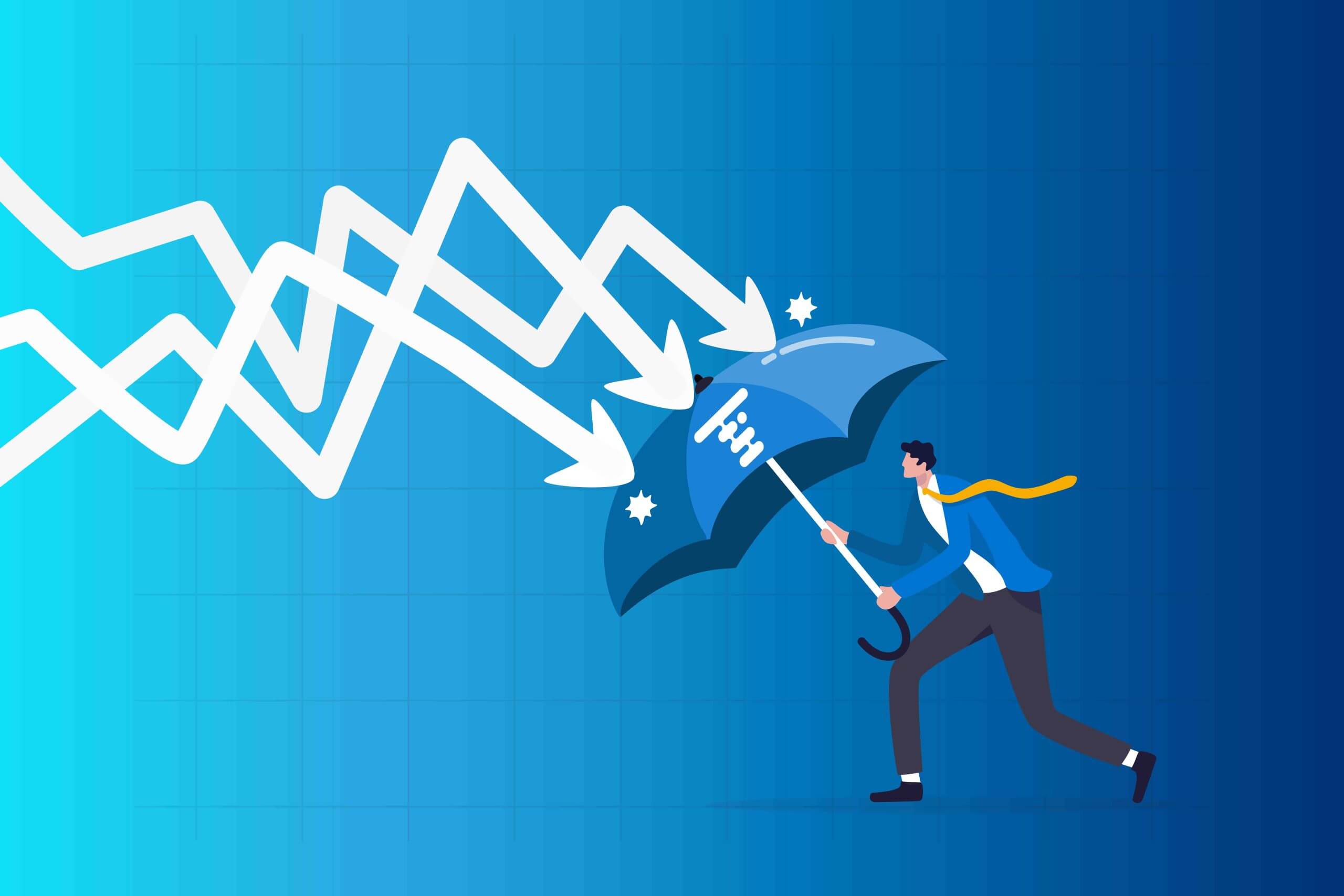The economy has taken some wild and unpredictable turns since 2020 and the beginning of the COVID-19 pandemic. When quarantines first began and businesses all over the country – the world – began to close their doors, many of us believed this would be the beginning of a financial crisis like we’ve never seen before. People committing more to savings, waiting for that other shoe to drop.
And for some it did – the impact of the furloughs and layoffs during that time should not be written off. But for the majority, things were very different. Banking, too, was heavily affected, though not quite in the ways we expected.
The Pandemic and Inflation
Since 2020, we saw an increase in salaries and a decrease in interest rates. As time went on and we began to emerge from the pandemic, people felt safe spending some of those savings they had built up in preparation for the worst.
For a while, it was great. Spending is up! The economy is recovering! But spending stayed too high for too long. Thanks to supply shortages and supply chain issues, there just wasn’t enough inventory to meet demand. And with high demand and low supply came inflation.
Now all of a sudden, we’ve entered a space where daily necessities cost more. The people who spent some of their savings during that initial spending boom are suddenly spread much thinner than planned, because costs have changed drastically from when they created their initial budget. The Federal Reserve System (the Fed) has stepped in to increase interest rates to cool off the economy a bit, but so far, we haven’t seen much pay off. With rates higher, fewer people are taking out loans and savings accounts aren’t as robust as they once were. Many financial institutions are facing a liquidity crunch as a result.
Will There Be More Rate Hikes?
According to the Fed’s predictions, the most recent hike should be our last one for 2023, and rates should slowly start to come down from here on out. This is great news – in theory. Historically speaking, the Fed is doesn’t have the best track record of predicting their own outcomes.
In 2018, they began to increase interest rates to about 2%. Q4 of that year saw a drop in the stock market, however, so the Fed decided they’d done too much, too fast, and brought rates back down. They then predicted persistent rises throughout 2019 but ended up keeping rates down. Then, of course, the pandemic hit, and rates stayed down for even longer.
So, while the Fed predicts the most recent hike should be the last, it’s hard to say whether or not that will be an accurate prediction. Credit unions in this case should probably hope for the best while planning for the worst and continue to carefully manage their liquidity.
Bank Collapses
Following the Silicon Valley Bank collapse in March, and most recently the seizure and sale of First Republic Bank to JP Morgan, there has been a lot of talk in the media and among average Americans about the future of banks and if their money is safe.
JP Morgan Chase CEO Jamie Dimon has said “This part of the crisis is over,” in reference to bank collapses. Whether or not that is true remains to be seen. But for the average American, these sorts of bank collapses can promote a lot of worry: they were discussed on many major media channels, and there’s not a lot of understanding behind why they happened.
We know of course that they were the result of a liquidity crisis and the perception of imminent threat. While SVB likely wasn’t actually in danger of running out of liquidity, because they liquidated some of their assets at a loss, there was a perception that they were in imminent danger, hence the run on the bank.
The perception of danger, in this case, can be more damning than actual danger. Especially at larger institutions like SVB and First Republic which had accounts far beyond the FDIC insured amounts of $250,000.
When it comes to credit unions, the NCUA still only insures each account for $250,000, but your average credit union member isn’t even going to meet that threshold, let alone exceed it. Even if a credit union were to run out of liquidity, the individual members would still be completely protected, so long as they didn’t exceed that threshold.
Preparing Your Credit Union for the Future
The question still remains: what’s next for the American economy? Will we go into a recession? Will the economy truly cool off thanks to the Fed’s rate hikes? How can my credit union prepare?
The simple answer is we don’t know. It’s possible in the near future it will be announced that we’ve already gone through a mild recession, or maybe we’ll start to see some mild recessionary impacts just because people are spread so thin right now.
Whatever is coming our way, credit unions would be better served not spending time trying to predict the exact future of the economy but instead focusing on running a number of different scenarios. Ask yourself, are we okay if things get worse? Are we positioned well if things get better? Your credit union’s focus should be less on predicting the future and more on making sure your products are diversified and your loans are conservative enough to maintain capital in a bad environment while also ensuring they’re not priced competitively at the detriment of profitability.
The future of the American economy is uncertain right now, but we’ll likely come through it okay. Your credit union’s focus should be on continuing to serve your members to the best of its ability while taking steps to ensure it is well positioned for the future, whatever it may be.
Dan Price is the Vice President of Professional Services at Trellance.










